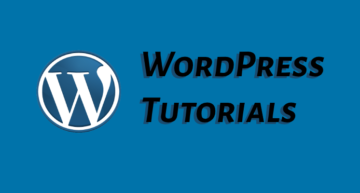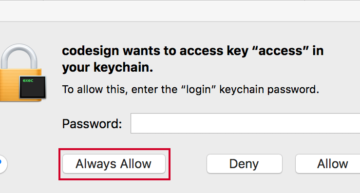Why small businesses shouldn’t pass on YouTube ads
If I were to take a poll throughout the world, my guess would be that most small businesses advertise via the following sources:
- YellowPages.com
- Local Newspaper
- Local Magazine
- Community Newsletter
- Radio
- News
- Facebook, Twitter, Linked and Google
There are probably many more, but those are just the common ones and in no specific order.
But there is one advertising source that I’m seeing small businesses pass on, and it’s a great and affordable pay-per-click advertising opportunity: YouTube ads.
In comparison to the traditional advertising opportunities briefly mentioned, excluding Facebook, Twitter, LinkedIn and Google, YouTube costs are merely a fraction of the cost of those listed sources, and is a pay-per-click cost model unlike the others.
So why should your small business not pass on YouTube ads?
If you said no with researching from A to Z, then I suggest you research the YouTube Ad numbers and feasibility before blindly saying no, and here’s why…
If you’re business markets to persons ages 18-34, then you’re missing out on capturing more customers and making more money while lowering your PPC cost using YouTube.
And just how many unique persons use YouTube per month? Well, I’m glad you asked.
With nearly one billion unique users each month, small businesses investing in YouTube ads could very well be a diamond in the rough.
But then there’s the argument that 80% of YouTube traffic derives from outside of the US.
The only leg I have to stand on in refuting this argument is that you can specifically segment and target your ads to be local, and still not out of pocket doing so.
You’ll be hard pressed to find another advertising opportunity that’ll compare to what you’re afforded advertising with YouTube. Google, which is owns YouTube, and Facebook are about as close as you can get.
Nevertheless, with cheaper than cheap data plans, a multitude of tablet and phone devices skyrocketing like never before and outpacing the traditional desktop PC experience, watching videos via YouTube has become mainstream for billions of users worldwide.
This is why I think small businesses that turning a deaf ear and blind eye to YouTube TrueView ads and traditional PPC ads are sealing their own fate of destruction.
Again, it doesn’t cost you much to run a TrueView ad, especially when more than 75% of the ads are skippable, meaning if a subscriber skips your video then you don’t pay one dime.
If done effectively, then a user could watch your video long enough to capture a name, skip it, and then visit your website without you having paid one dime (not likely, but possible).
Now yes, it’ll take some budget to prepare your TrueView video in-stream ad, but you can also run the traditional pay-per-click ads, also known as in-video ads, which are nothing more than positional video overlays that the user can click on or close at their discretion.
So once again and unlike the traditional advertising methods stated at the beginning of this post, you’ve not paid a dime until the user engages your ad by watching it in its entirety or clicking the ad to be referred to your website.
After all, do any of the traditional advertising methods allow you to target subscribers based on specific channels or keywords, interests, search history and more?
Why pay for the hope of results and receive nothing, when you can pay when someone or something engages your ad?
Those are two different models for sure. The first is paying based on broad impressions while the second option allows you he flexibility to target potential customers who are most likely to engage your ads and convert to repeat sales.













